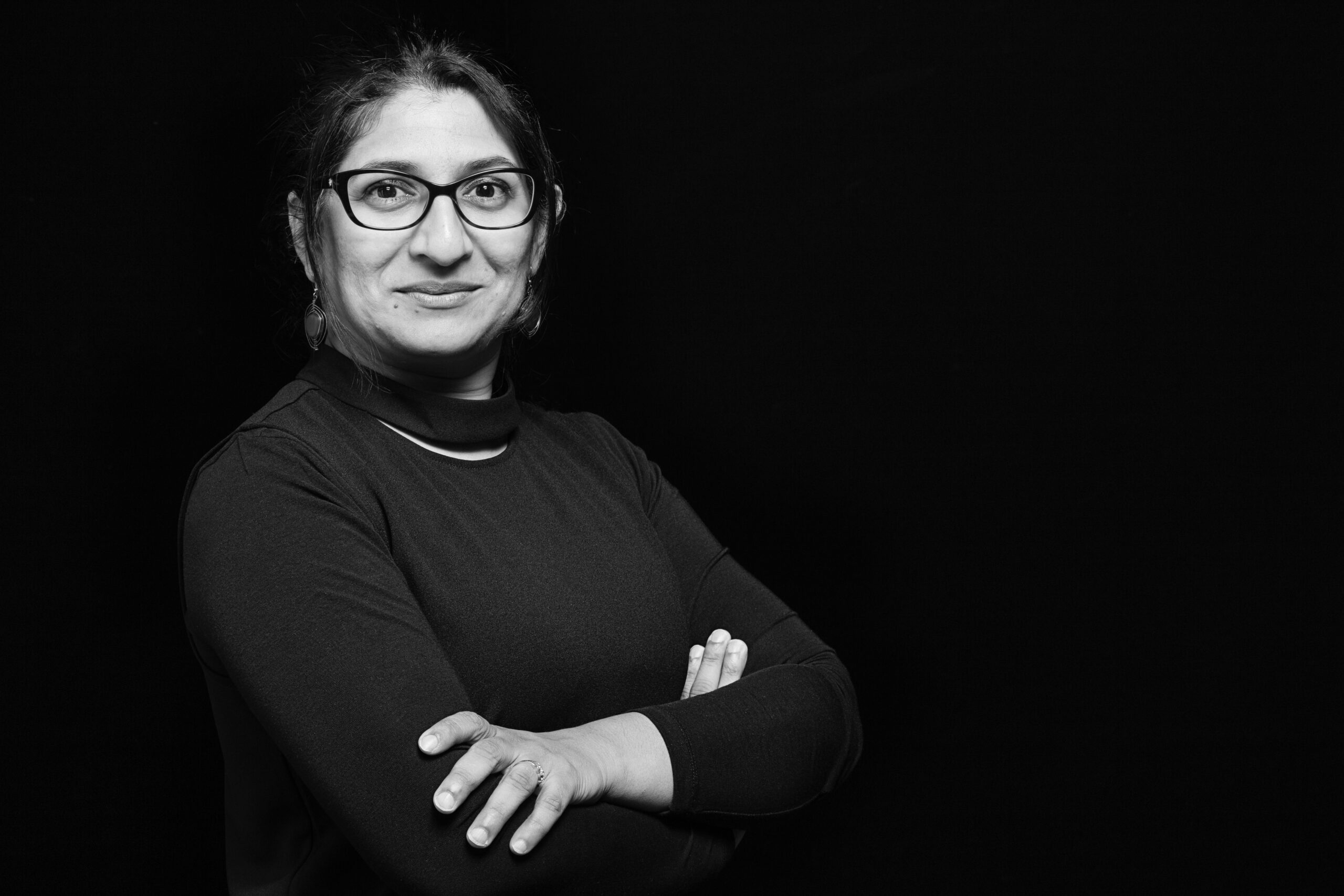
Adams and Ray Invited To Participate In Seventh Shenzhen/Hong Kong Bi-City Biennial of Urbanism/Architecture
Adams and Ray Invited To Participate In Seventh Shenzhen/Hong Kong Bi-City Biennial of Urbanism/Architecture
Associate Professor of Architecture and Director of the Master of Science in Design and Health, Robert Adams, and Professor of Practice in Architecture, Mary-Ann Ray, along with collaborator, Robert Mangurian, have been invited to produce a new project, “Migratory Shenzhen Scenes: Cánjírén and Precariat Space” for the upcoming Seventh Bi-City Biennial of UrbanismArchitecture (UABB) in Shenzhen, China. This year’s Biennial will take place on December 15, 2017 – March 15, 2018 at Nantou Old Town, one of Shenzhen’s more prominent urban villages. The UABB is jointly curated by curator and critic, Hou Hanrou, and founding partners of URBANUS, Liu Xiaodu and Meng Yan, with the theme “Cities, Grow in Difference.”
Adams, Ray, and Mangurian are collaborating with faculty and students from Hong Kong University, Shenzhen University, and Taubman College Master of Science in Design and Health students.
More about the UABB and about “Migratory Shenzhen Scenes: Cánjírén and Precariat Space”:
The 2017 Shenzhen/Hong Kong Bi-City Biennial of Urbanism/Architecture (UABB) is among the world’s most prestigious exhibition venues for showcasing new architecture and design. Opening in December 2017, the UABB is thematically organized around “Villages in the City” and “Urban Villages” of Shenzhen. In fact, the exhibition itself will be located in several of Shenzhen’s urban villages. Urban villages are a unique environmental phenomenon of China’s rapid urbanization. The high-speed urbanization of Chinese cities, such as Shenzhen, effectively surround what were smaller village enclaves. Urban villages exist as a series of alternative spaces distributed throughout the more “normative” city, and are home to migrant workers, known in China as the liudeng renkou, or “floating population”. Urban villages operate in very different ways- economically, spatially and socially- in comparison with the rest of the city. The exhibition attracts an international audience upwards of 250,000 visitors to the exhibition sites in the villages including architects, designers, developers, scholars, visionaries and thought leaders.
As Co-Founders and Co-Directors of BASE Beijing- an experimental laboratory for architecture, design and urbanism, Robert Adams, and the team of Robert Mangurian and Mary-Ann Ray have undertaken research in China, respectively, in Disability Culture and Urban Villages. The UABB 2017 curatorial team has invited Adams, Mangurian and Ray as one of a select number of international teams to undertake an ambitious project to contribute to the exhibition, and this project lends an opportunity to coalesce these two branches of research into a single high profile project and exhibition.
The specific project proposal first develops a correspondence with people living in the urban villages in order to understand the intricacies of everyday practices in this space. Like a pageant, or migratory theater, a series of spatial augmentations are distributed throughout the village. These spatial devices will be designed and constructed by the team in collaboration with local Shenzhen urban village residents, and with faculty and students from the Hong Kong University, Shenzhen University, and University of Michigan. The first phase of the project engages urban villagers, cánjírén [disabled persons], migrants, and other precariat residents of Shenzhen’s Urban Villages to document and record narratives and histories of their yet untold stories. These spatial props occupy the streets and public spaces of the urban villages, and stages a series of actions based upon these stories.
The work draws out forms of innovation, and the unique ways people inventively practice domestic and civic space, to reveal the invisible narratives that offer new potential for architecture. The design team approaches the project with a series of presuppositions that can be described in the following ways. Instead of viewing urban villages as poor and transient places of squalor and social problems, this project focuses on the aspects of the urban villages that make them vital and lively urban environments that continue to act as social ladders for former farmers, persons with disabilities, and rural to urban migrants. Rather than seeing rural to urban migrants solely as a source of unskilled labor, urban villagers are sought out and engaged based on talents in design, making, and the everyday performance of urban life practices. This project focuses on drawing out new forms of creative energy that exist within disability culture that pose insightful and provocative questions regarding public life in this 21st century global city.
For more information about UABB: http://en.szhkbiennale.org/









